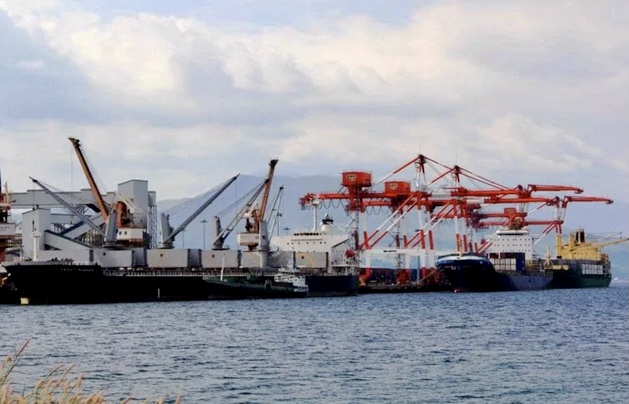• Starting December 18, Subic Bay International Terminal Corp. (SBITC) will roll out its electronic gate pass to registered processors, brokers, and forwarders
• The e-gate pass is an alternative to the printed version to further support social distancing protocols and minimize face-to-face interaction at Subic port
• Only documents with Subic Bay Metropolitan Authority gate pass stamped with “cleared for exit” may secure an SBITC e-gate pass
Starting December 18, Subic Bay International Terminal Corp. (SBITC) will introduce its electronic gate pass to registered processors, brokers, and forwarders to further support social distancing protocols and minimize face-to-face interaction at Subic port.
The e-gate pass is an alternative to the printed gate pass, which may still be requested from SBITC’s Billing Office once complete documents are presented and terminal charges are paid, the port operator said in an advisory.
To register for the e-gate pass, port users must accomplish a registration form, and once registration is approved, SBITC Billing will send a confirmation to the applicant.
To secure the e-gate pass, port users must get complete documents from Subic Bay Metropolitan Authority (SBMA) and Bureau of Customs (BOC), and send scanned copies of these to SBITC Billing, which will send an invoice for the settlement of terminal charges.
A PDF file of the e-gate pass will then be sent to the port user, who should provide the e-gate pass and approved documents from SBMA and BOC to the trucker for use during gate-out transaction.
Only documents with an SBMA gate pass stamped with “cleared for exit” may secure an SBITC e-gate pass.
SBMA senior deputy administrator for operations Marcelino Sanqui earlier said the pandemic accelerated the authority’s automation programs and processes, which include the online processing of vessel entry applications and other applications that were previously processed manually.
SBMA operates and manages Subic port in the Subic Bay Freeport Zone, while SBITC holds the contract to manage and operate the port’s container terminals, New Container Terminals 1 and 2.
SBMA is now undertaking several automation initiatives which include upgrading its vessel traffic management system to incorporate a web-based port management system.
In addition to its current gate management system, the port will also roll out additional modules to include transshipment and bring-in permit applications that will lead to less physical transactions.
Subic port’s value-added service provider is likewise developing a port community system that will “interconnect and consolidate all current and upcoming automation projects of the SBMA Seaport as well as Trade Facilitation and Compliance Department in just one portal.”
While the pandemic delayed the port’s rehabilitation and upgrading, Sanqui said it also pushed SBMA to plan the building of facilities that will be both efficient and sustainable to achieve a green port with provisions for shore power and expanded storage spaces to better accommodate port users’ needs during crisis.





